Robert Edwards
Lead PI (Core Leadership)
University of California, San Francisco
Robert Edwards, MD, is a neuroscientist recognized for his work on the molecular and cellular basis of neurotransmitter release. He is known for identification of the proteins that transport classical transmitters into neurosecretory vesicles, and for his work on their properties, structure, mechanism, regulation, and physiological role. He has also used these transporters to elucidate the mechanisms for neurotransmitter corelease, identifying pools of synaptic vesicles with distinct properties and endocytic origin. In addition, he has used the transporters to identify proteins involved in the formation of dense core vesicles that store and release peptides. The work has implications for behavior and neuropsychiatric illness. In addition, identification of the vesicular monoamine transporter as neuroprotective has led to work on presynaptic mechanisms in Parkinson’s disease, most recently involving the function of alpha-synuclein and associated genetic determinants of Parkinson’s.
Recent ASAP Preprints & Published Papers
Adaptor Protein-3 Produces Synaptic Vesicles that Release Phasic Dopamine
Data for Jain et al Adaptor Protein-3 Produces Synaptic Vesicles that Release Phasic Dopamine







